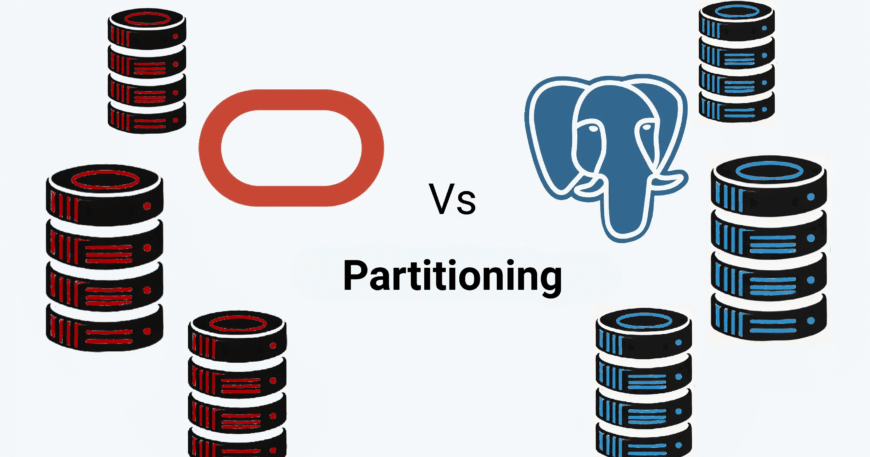Scenarios That Trigger Autovacuum in PostgreSQL
PostgreSQL is widely known for its Multi-Version Concurrency Control (MVCC) model, which allows multiple transactions to occur simultaneously without interfering with each other.
However, one side effect of MVCC is the creation of dead tuples—old versions of data rows that are no longer needed but still occupy space.
Dead tuples also lead to a phenomenon known as table bloat, which refers to the excessive unused space in a table caused by dead tuples that haven't been cleaned up, resulting in inefficient storage and reduced performance
To address the issues of dead tuples and table bloat, autovacuum comes into play. It's an automatic process designed to clean up these dead tuples and maintain optimal database performance.
In this blog, we will explore the main situations when autovacuum should run:












